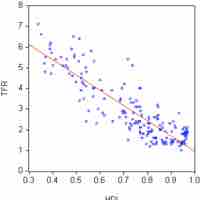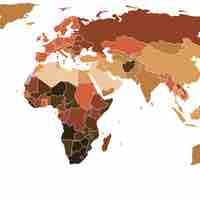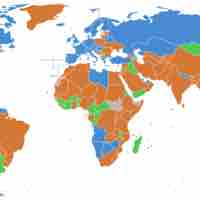Chapter 17
Population and Urbanization
By Boundless
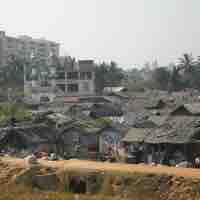
Different rates of growth can lead to overpopulation or underpopulation, both of which have potential consequences.

The basics of demographic population growth depend on the rate of natural increase (births versus deaths) and net migration.

Population growth is difficult to predict because unforeseen events can alter birth rates, death rates, migration, or resource limitations.
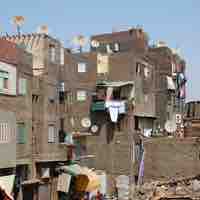
Malthus believed that if a population is allowed to grow unchecked, people will begin to starve and will go to war over increasingly scarce resources.

Demographic transition theory outlines five stages of change in birth and death rates to predict the growth of populations.
Early cities arose in a number of regions, and are thought to have developed for reasons of agricultural productivity and economic scale.
Preindustrial cities had important political and economic functions and evolved to become well-defined political units.

During the industrial era, cities grew rapidly and became centers of population growth and production.

Urban structure is the arrangement of land use, explained using different models.
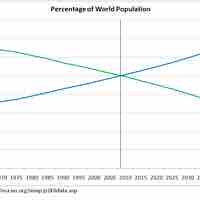
Urbanization is the process of a population shift from rural areas to cities, often motivated by economic factors.
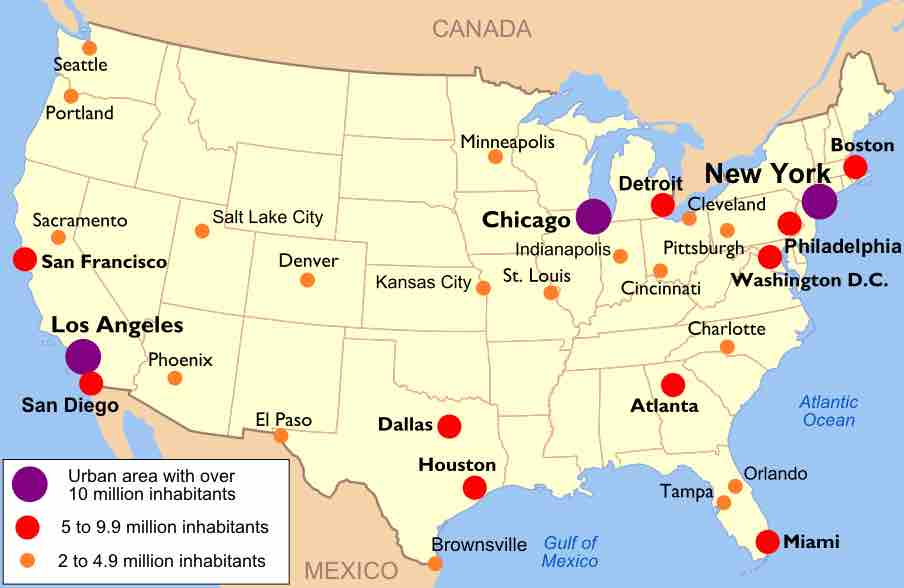
The U.S. Census Bureau classifies areas as urban or rural based on population size and density.
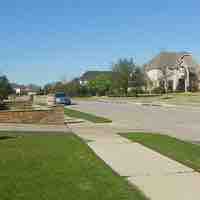
During the 1970s and again in the 1990s, the rural population rebounded in what appeared to be a reversal of urbanization.

Models of urban growth try to balance the advantages and disadvantages of cities' large sizes.
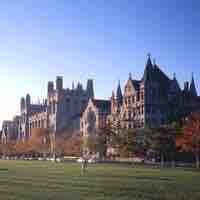
Urban sociology is the study of social life and interactions in urban areas, using methods ranging from statistical analysis to ethnography.

Social scientists have focused on social interactions in urban areas because cities bring together many cultural strands.
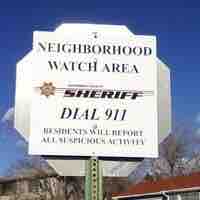
Neighborhoods are small units of social organization within a larger social area, such as a city or town.
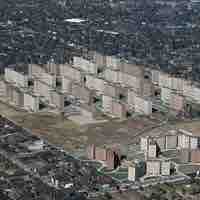
Urban decline is the process whereby a previously functioning city or neighborhood falls into disrepair.
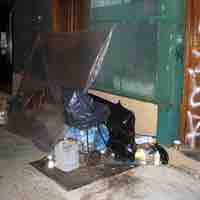
Homelessness is a social problem, caused by structural inequalities and lack of resources, where certain individuals are at higher risk.

Alienation refers to the distancing of people from each other, from what is important and meaningful to them, or from themselves.
The term community refers to a group of interacting people, living in some proximity, either in space, time, or relationship.

Diffusion of responsibility is a phenomenon in which a person is less likely to take responsibility for an action when others are present.
Suburbanization is a term used to describe the growth of areas on the fringes of major cities.
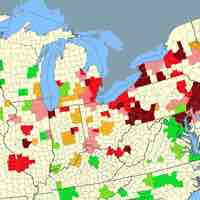
Deindustrialization refers to the process of social and economic change ignited by the removal or reduction of industrial activity.

Urban revitalization involves redeveloping blighted urban areas for new uses.
Gentrification occurs when wealthier people buy or rent property in a low-income or working class neighborhood, displacing residents.

Counterurbanization is movement away from cities, including suburbanization, exurbanization, or movement to rural areas.
